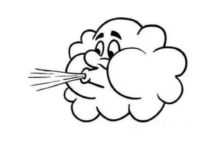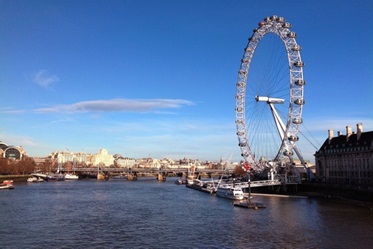Movie Music
Accustomed though we are to speaking of the films made before 1927 as “silent”, the film has never been, in the full sense of the word, silent. From the very beginning, music was regarded as an indispensable accompaniment; when the Lumiere films were shown at the first public film exhibition in the United States in February 1896, they were accompanied by piano improvisations on popular tunes. At first, the music played bore no special relationship to the films; an accompaniment of any kind was sufficient. Within a very short time, however, the incongruity of playing lively music to a solemn film became apparent, and film pianists began to take some care in matching their pieces to the mood of the film.
As movie theaters grew in number and importance, a violinist, and perhaps a cellist, would be added to the pianist in certain cases, and in the larger movie theaters small orchestras were formed. For a number of years the selection of music for each film program rested entirely in the hands of the conductor or leader of the orchestra, and very often the principal qualification for holding such a position was not skill or taste so much as the ownership of a large personal library of musical pieces. Since the conductor seldom saw the films until the night before they were to be shown (if indeed, the conductor was lucky enough to see them then), the musical arrangement was normally improvised in the greatest hurry.
To help meet this difficulty, film distributing companies started the practice of publishing suggestions for musical accompaniments. In 1909, for example, the Edison Company began issuing with their films such indications of mood as “pleasant”, “sad”, “lively”. The suggestions became more explicit, and so emerged the musical cue sheet containing indications of mood, the titles of suitable pieces of music, and precise directions to show where one piece led into the next.
Certain films had music especially composed for them. The most famous of these early special scores was that composed and arranged for D. W. Griffith’s film Birth of a Nation, which was released in 1915.
电影插曲
尽管我们习惯于将1927年以前的电影称为”无声电影”,但是就无声这个词完整的意义上来说,电影从未真正的无声过,从最初开始音乐就被视为必不可少的伴奏。 当卢米埃尔的电影在1896年2月美国首届影片公映展览上放映的时候,影片便用当时的流行曲临场钢琴伴奏。 最初,这些音乐伴奏与电影没有什么特别的关系,用什么曲子伴奏都行。 但在很短的时间内,为一部庄重的影片演奏快活的音乐所产生的不协调感变得显而易见,因此钢琴家们开始注意将自己的作品与影片的情调结合起来。
随着影剧院在数量上与重要性上的不断增长,在一些场合,除了钢琴师外,还要加上小提琴师,或许还有一位大提琴师。 较大的影剧院里还组成了小型的管弦乐队。 在很长的时间内,为各部影片选择配乐完全掌握在乐队指挥或队长手中,而通常把持这种职位的资格不是技巧或鉴赏品味,而是拥有一个大的音乐作品的个人收藏。 因为直到电影上映的前一天晚上乐队指挥才能看到影片(如果这个指挥真正有幸能够看到影片的话),音乐安排通常是在非常匆忙的情况下临场进行的。
为了解决以上的困难,电影发行公司开办了为音乐伴奏印制提示单的业务。 例如1909年爱迪生公司开始将一些诸如“喜悦的”、“悲伤的”、“活泼的”之类表明影片情调特征的提示与影片一起发行。 这些提示逐渐变得更加具体,并且出现了包括影片情调说明、适用乐曲名称和乐曲转换点等内容的配乐说明单。
某些影片拥有专门为其创作的音乐。 这些早期特创乐谱中最著名的便是为D. W. 格雷夫斯1915年上映的影片《一个国家的诞生》所创作的音乐。













